I would guess so, but I want to make sure.
Edit: After measuring with a multimeter, I suspect that brackets (of most graphics cards) are grounded to the graphics card's ground-plane.
I measured 0 ohm between the traces around the motherboard screw holes and the bracket of a (old) 75W graphics card. (All power from the PCIe x16 slot. No power cable needed. So, graphics card's ground-plane == motherboard's ground-plane.) The motherboard was outside the case, on a wooden table.
On some newer graphics card, a screw (which fastens the bracket to the board) is clearly visible on the back side, suggesting direct contact between the bracket and the graphics card's ground. (This construction also counteracts sagging. A little bit.)
